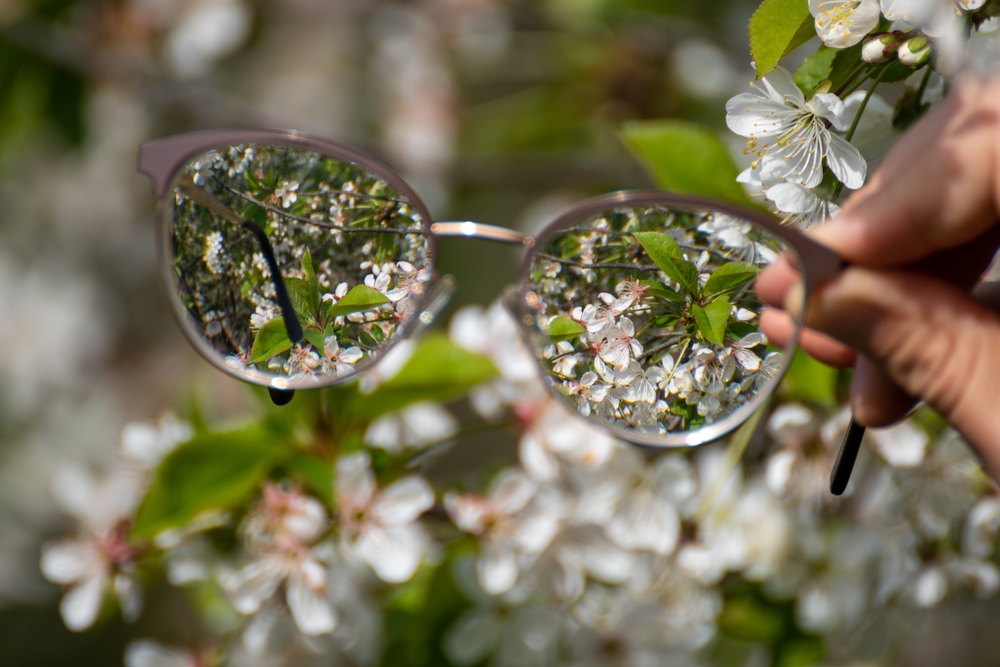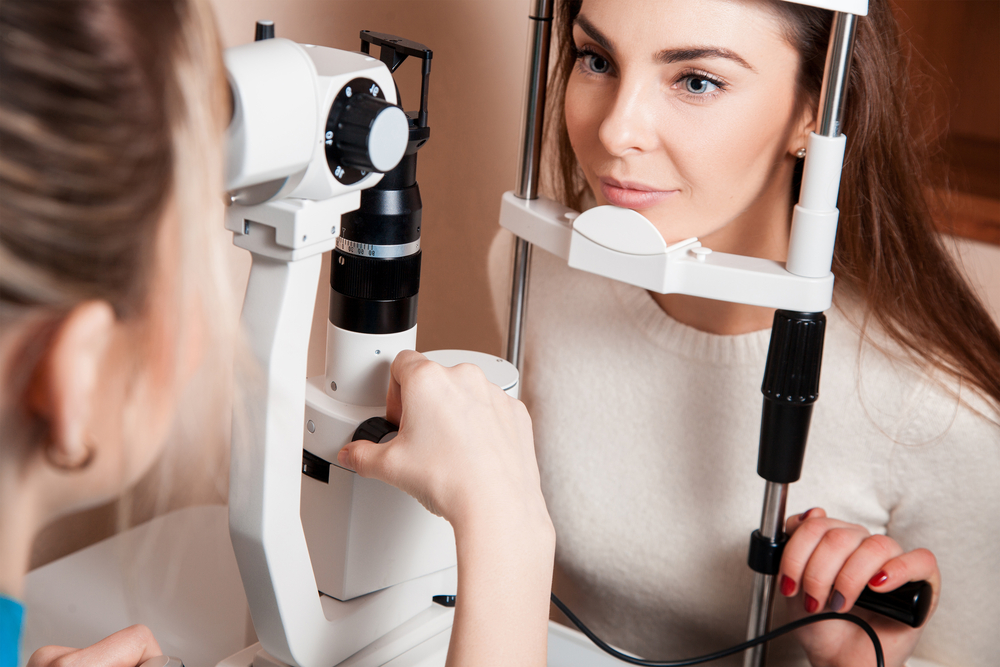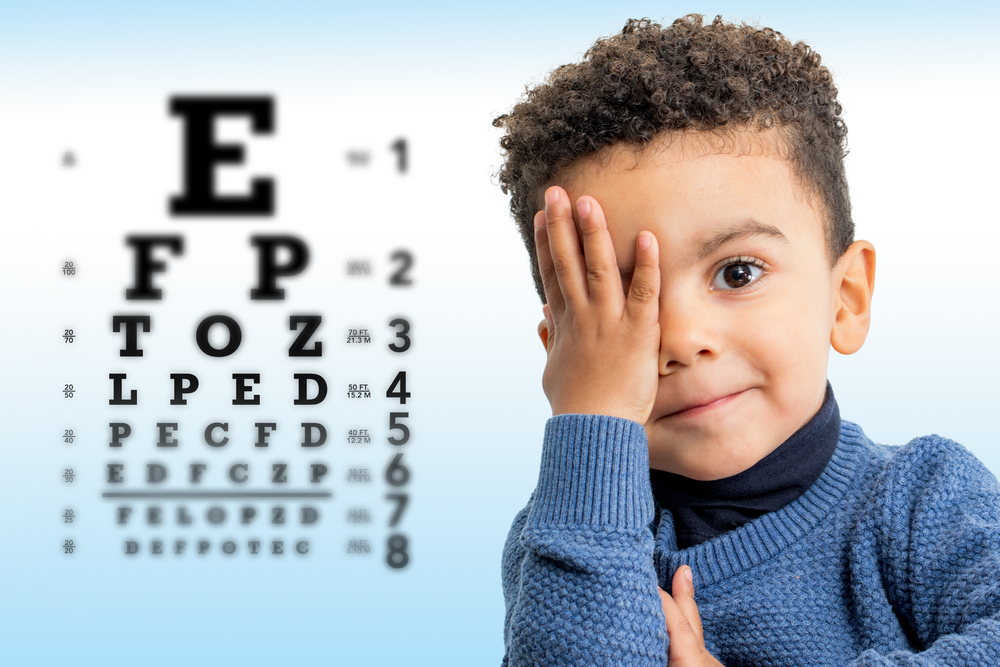Oceanclear Eyecare Blog
Learn more about optometrist care in our blog!

Myopia is becoming increasingly common among children and young adults. With more time spent indoors, increased digital device use, and reduced outdoor play, it’s no surprise that parents often ask the same question: “Is it possible to reverse myopia?” While reversal isn’t currently possible, the good news is that modern optometry offers highly effective strategies to slow its progression, protect long-term vision, and support healthy eye development.

Cataracts are one of the most common age-related eye conditions, gradually affecting vision over time. They occur when the natural lens of your eye becomes cloudy, making it harder to see clearly.

In today’s digital world, most of us spend hours each day on computers, phones, or tablets. While technology makes life more convenient, it also has a downside. Excessive screen use can cause eye strain, often referred to as Computer Vision Syndrome (CVS). Recognizing the signs early and knowing what to do about them can help protect your vision and overall comfort.

As more children are being diagnosed with myopia (nearsightedness) at a young age, parents are understandably concerned about treatment options that not only correct vision but also help slow its progression. MiSight® 1 day contact lenses have become a popular choice in recent years, but one of the most common questions we hear from parents is: “Are they safe for my child?”

Myopia is on the rise among children around the world. As more kids spend time indoors and on digital devices, parents are growing increasingly concerned about the impact on their child’s eyesight. Knowing what causes myopia and how to prevent it can empower you to take the right steps for your child’s eye health.

When it comes to managing myopia in children and young adults, parents are increasingly exploring advanced treatment options beyond traditional glasses. Two of the most effective methods in modern myopia management are MiSight® 1 Day contact lenses and orthokeratology (Ortho-K). At Oceanclear Eyecare, we specialize in providing personalized, evidence-based myopia control solutions tailored to your child’s unique needs.

As myopia (nearsightedness) becomes increasingly common in children around the world, more parents are turning to myopia management strategies to protect their children’s long-term vision. One of the most effective options available today is low-dose atropine eye drops.

If your child has been diagnosed with myopia (nearsightedness), you may have heard about MiSight® 1 day contact lenses as a treatment option. Let’s explore the importance of myopia management, how MiSight lenses work, and what to expect when it comes to treatment duration.

Myopia is becoming more common among children and young adults, especially in today’s screen-heavy world. If you’ve noticed your child squinting at the board in school or struggling to see objects in the distance, myopia may already be affecting their vision. While myopia can’t be reversed, there are ways to slow its progression and help protect your child’s eyesight as they grow. At OceanClear Eyecare, we work closely with families in Renton and the surrounding communities to provide personalized myopia management strategies.

Myopia has been steadily rising across the globe, with some regions experiencing an epidemic-level increase. This condition, which affects the ability to see objects clearly at a distance, is no longer just a concern for a small percentage of the population. In fact, researchers predict that by 2050, nearly half of the world's population could be myopic. But why is this happening, and what can be done to manage this growing problem?



